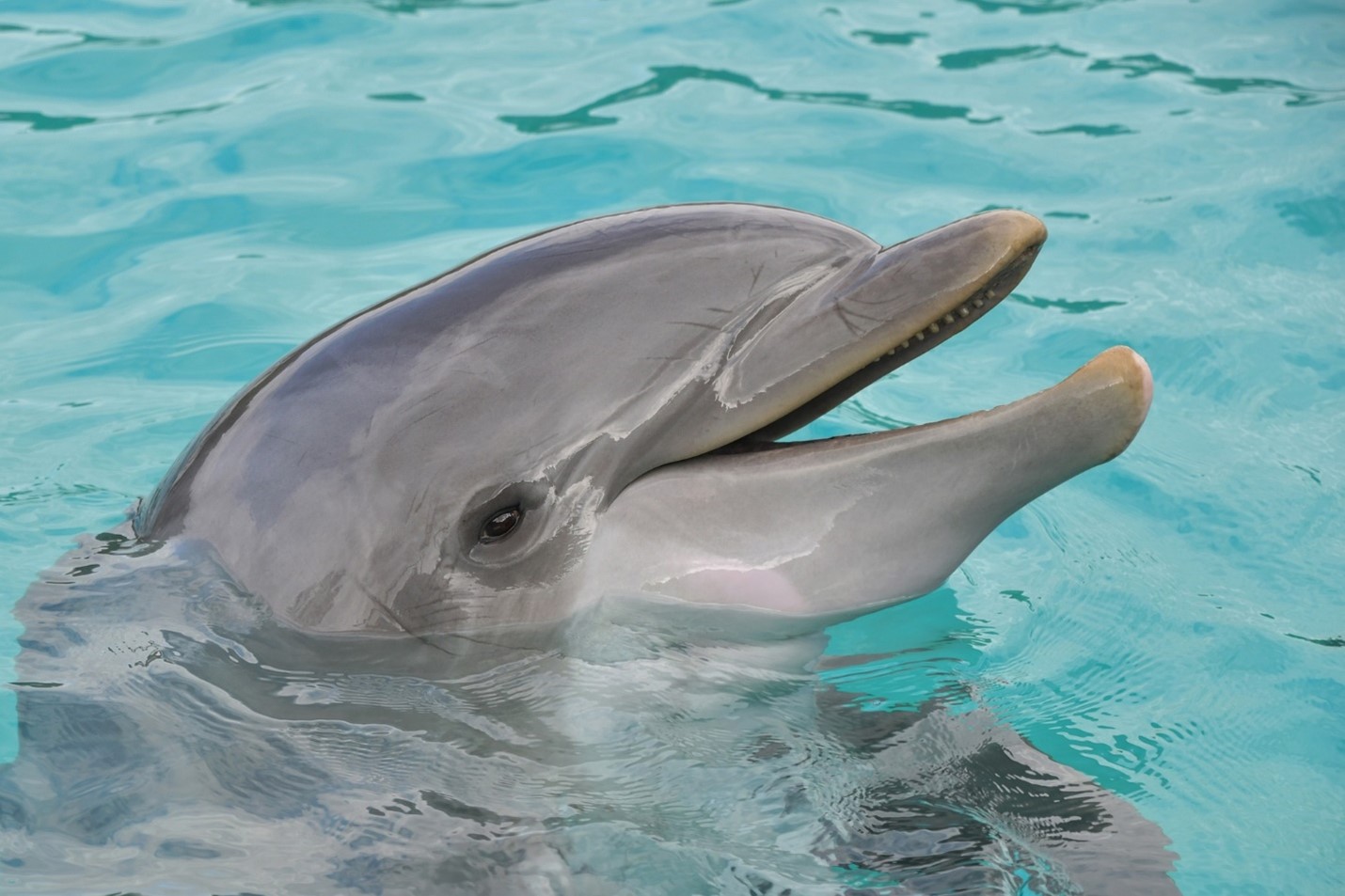Swimming with dolphins is an unforgettable experience that cannot be replicated elsewhere. But it is essential to keep in mind that they are wild animals, requiring our respect as sensitive creatures.
Wild dolphins swim thousands of miles and inhabit various natural environments, while those kept as pets often remain confined in small pools where they may become susceptible to diseases that can threaten their wellbeing. Swimming with dolphins in California can be a real delight but you should know the following.
Dolphins are intelligent
Dolphins possess an extraordinary capacity to communicate, using clicks and whistles that mimic human speech sounds. They can imitate human behaviors and understand simple commands; their signals also offer information on emotions and arousal levels – such as when using one dolphin’s unique whistle to signal its presence in a group or to get another dolphin to respond; these sounds also help demonstrate different emotions like flirtation and sarcasm.
Marino notes that brain size alone cannot accurately represent intelligence in dolphins; she has investigated their ability to recognize themselves in mirrors – an indicator of self-awareness only found among some other species.
Many people love swimming with dolphins, yet this activity can cause physical injuries to the marine animals as well as psychological stress and trauma. Some experts assert that engaging with these fish could be both therapeutic for both sides.
They are sociable
Dolphins in the wild are highly social animals that interact with other species through various methods. Communication among individuals involves vocalizations, gestures and body movements while objects like seaweed serve as toys for play – these objects may even be passed from mouth to mouth in an apparent display of mating behavior! They even push objects out their mouths into the air as part of an elaborate visual display meant to attract mates.
Swimming with dolphins (SWTD) has become increasingly popular as an activity, particularly among cruise ship passengers. However, captivity of dolphins often involves constant interaction, noise pollution and toxic water contamination from humans.
These factors may cause serious health problems for dolphins, including stress. Dolphins participating in SWTD programs have shown physical indications of overwork like open wounds and abrasions; tourists can help improve dolphin quality of life by selecting reliable dolphin encounters based on research and education.
They are friendly
Dolphins may have an image of being friendly creatures, but they’re actually wild animals with potential danger. With an enormous brain capable of thinking and showing emotion, dolphins are among the smartest of marine animals. Attracted to humans for treats, dolphins will interact with humans who approach them; unfortunately this behavior could put dolphins at risk from attacks from sharks or vandalism; plus in many countries feeding dolphins is illegal.
Dolphins communicate through whistles and clicks, using echolocation to locate objects underwater – such as other dolphins of similar species or prey – they use echolocation for this. Dolphins can also communicate using touch: tail slaps can indicate aggression while arching their backs or playing dead are signs of submission or affection.
Captive dolphins often endure severe physical and psychological stress from having to perform in front of visitors on a daily basis; some even die. Responsible companies should only conduct dolphin encounters that prioritize both human and dolphin safety.
They are curious
Swimming with dolphins is an increasingly popular tourist activity, yet it is essential to remember these are wild creatures and can sometimes come under stress or harm. Although this activity may bring many advantages, NOAA Fisheries does not support or endorse activities which involve close approaches, talking, or attempts at interaction between whales, dolphins, porpoises or seals in their natural environments.
Dolphins live in social groups called pods that consist of family and friends. They communicate using sounds and nonverbal gestures; sonar is used to survey their environment by producing clicks that echo back from the sea floor; these echos contain vital information about its distance and depth.
Dolphins in their natural environments travel long distances and swim for extended periods without eating or resting, yet when kept captive, these beautiful animals can often be forced into small pools where they must swim continuously in circles without food or rest – while also experiencing harsh conditions like noise pollution and constant human interaction.



